
Feel free to add tags, names, dates or anything you are looking for
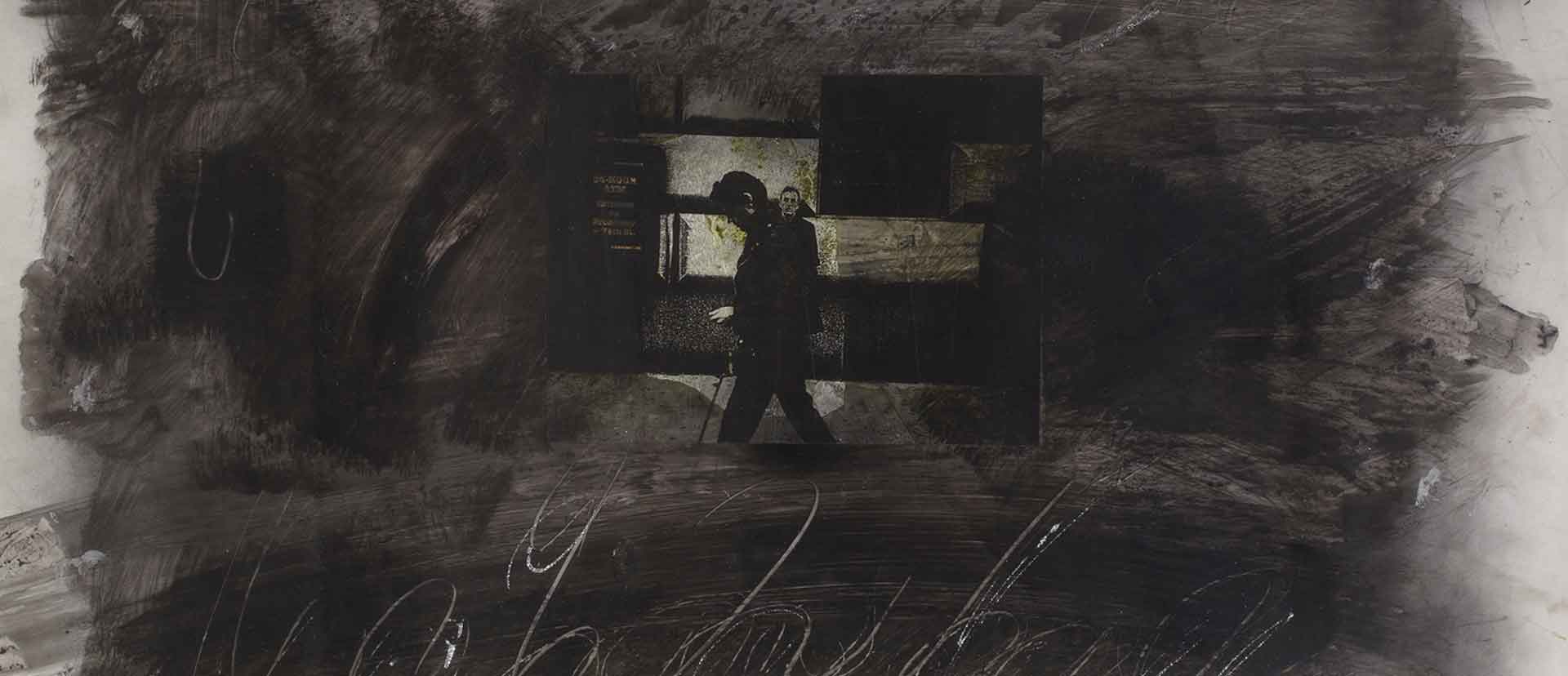

Georgi (Gogi) Alexi-Mesxishvili was born in 1941 into the family of renowned architect Lado Aleksi-Mesxishvili. In 1967 he graduated from the Tbilisi State Academy of Arts, and since that time has actively participated in exhibitions. Beginning from 1971, Gogi Alexi-Mesxishvili served as stage designer of the Shota Rustaveli Drama Theatre, Zakaria Paliashvili Tbilisi Opera and Ballet Theatre, and also cooperated with the Kote Marjanishvili State Drama Theatre. In 1975 he was elected as head designer of the Shota Rustaveli Drama Theatre, where he designed the sets for approximately 40 performances. Gogi Alexi-Mesxishvili has created costumes and set designs for many leading theaters in the world, including: the Chekhov Moscow Art Theatre, La Fenice (Venice), the Teatro Comunale di Bologna, the Bavarian State Opera, the Habima Theatre (Tel Aviv), the Teatro General San Martin (Buenos Aires), the Finnish National Theatre (Helsinki), the Mariinsky and the Bolshoi Drama Theatre (St. Petersburg), the Schauspielhaus (Düsseldorf), and the Metropolitan Opera (New York). From 1995 Gogi Alexi-Mesxishvili lived in the USA, where he worked as a professor at Dartmouth College. There he was awarded the title of best professor. After his return to Georgia in 2014, the artist established the Gogi Alexi-Mesxishvili School of Contemporary Theatre and Design with support from the Ministry of Culture and Monument Protection of Georgia.
In 2016, the temporary exhibition hall of the Tbilisi National Gallery presented over a hundred works by Georgi Alexi-Mesxishvili at a solo exhibition commemorating the artist’s 75th birthday. In their interviews and comments, visitors to the show noted that the dimensions of the gallery did not provide adequate space for arranging a full chronological retrospective of the works. Georgi Alexi-Mesxishvili is well-known as a very experienced and versatile artist, whose major creative focus refers predominantly to the theatre. Accordingly, this exhibition is also mainly dedicated to presenting theatrical motives. The retrospective format naturally overshadowed certain works (for example those from the series titled Rosebud), which could have demonstrated a stronger presence if shown in a neutral context.
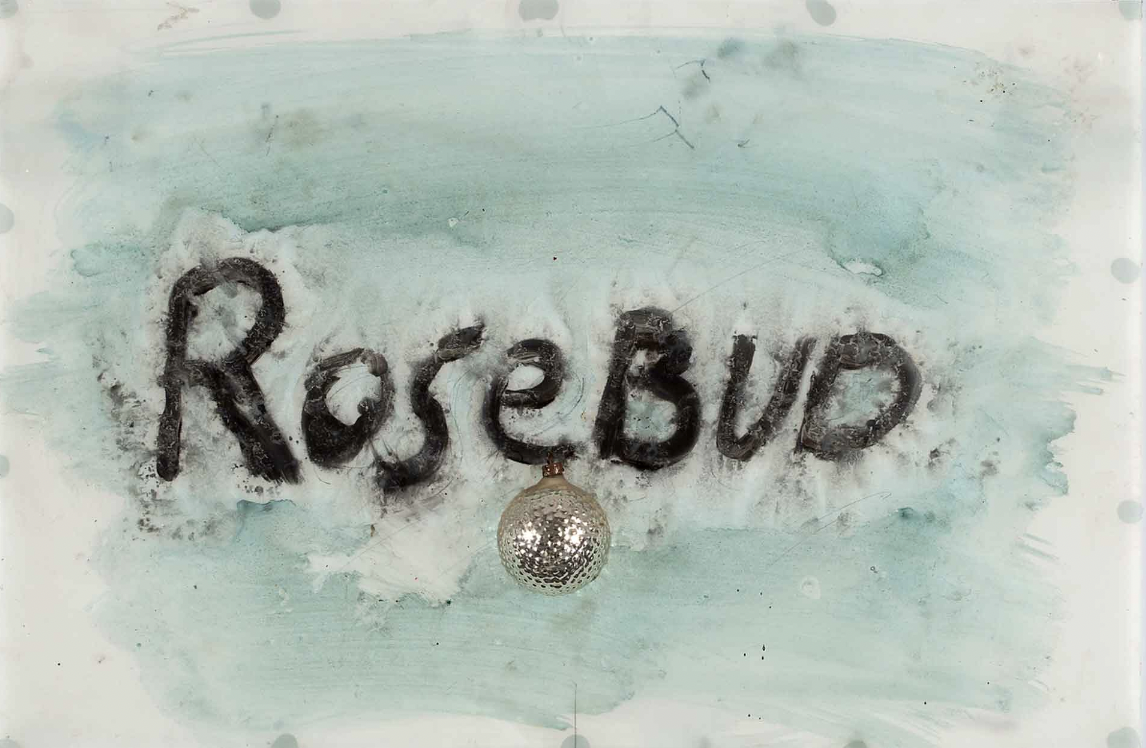
Georgi (Gogi) Alexi-Mesxishvili. Rosebud series. Plastic. Acrylic. Old Christmas tree toys. 39x60. Photo by Gia Chkhatarashvili
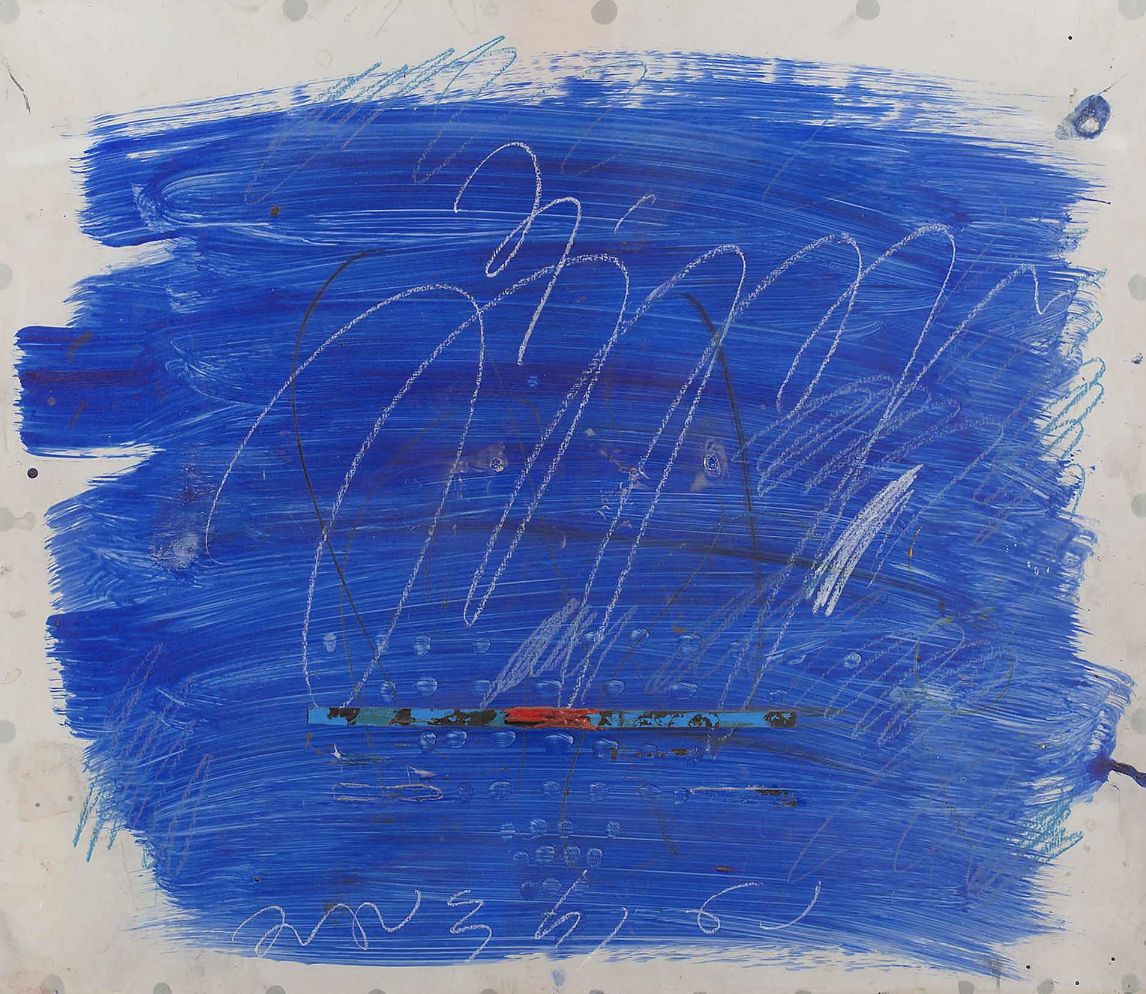
Georgi (Gogi) Alexi-Mesxishvili. Rosebud series. Plastic. Acrylic. Photo by Gia Chkhatarashvili
The series seems to have been created spontaneously, and clearly the author does not plan to present it as a completed collection. Its central theme is based on a quote from the 1941 movie Citizen Kane, and refers to the iconic scene where a dying magnate drops a trivial souvenir – a winter landscape contained in a glass bowl surrounded by flying snowflakes. At this moment he utters his last word, ‘Rosebud’ – a riddle that determines the mysterious mood of the entire film and the hidden existential drama of its main protagonist. It is possible that Georgi Alexsi-Mesxishvili opted for the same symbol, so as to focus on the areas which cannot be framed owing to the fact that they spill over the borders within which they are known, acknowledged and identified with a certain style. The series offers an introduction to the extremely free state of drawing, where the artist abandons any direct connection to stage design, theatre, and the main aspects of his own biography. The wider audience will not be familiar with Aleksi-Mesxishvili’s works described in this article. They will introduce viewers to an expressionistic realm, where the personal subjective vision and outer universe of the artist are observed from a distance and presented from a different angle. The Rosebud series is a conceptual project produced through a synthesis of painting techniques and small-scale shiny, fragile readymade objects such as Christmas tree decorations, which are mostly inserted in the center of an abstract background. A huge contrast is expressed in a very laconic manner, and focuses on dynamic drawing and light, almost weightless decorative objects, which opens doors to a wide range of metaphors including a devastating rotation of the material world, a blinking light or the illusion of light from a faraway distance, existing chaos, a feeling of one’s own weightlessness, etc. One of the central works from the series presents a small-scale cloudy, grey-and-white watercolor composition with the thick black stroke of the word ‘Rosebud’ and an imitation of a large pearl (Christmas tree decoration) in the center. Here, the content of the shiny surface pattern clearly differs from scenographic compositions, where the main idea revolves around visualizing the atmospheric nuances of a specific literary work. Rosebud forms a very deep and dramatic series, presenting the feelings of vanity and fragility in the most expressive way. These feelings are rendered even sharper in another series that unites a collection of torsos drawn on very large-scale textured canvases, and that also gives the impression of being created spontaneously. These works resemble palimpsests that are sometimes neglected and forgotten in workplaces for prolonged periods of time and that have added layers of colors, different imprints, and dust coating them in an occasional or experimental manner.

Georgi (Gogi) Alexi-Mesxishvili. Untitled. Body series. Acrylic on canvas. 90x142. 1991. Photo by Gia Chkhatarashvili
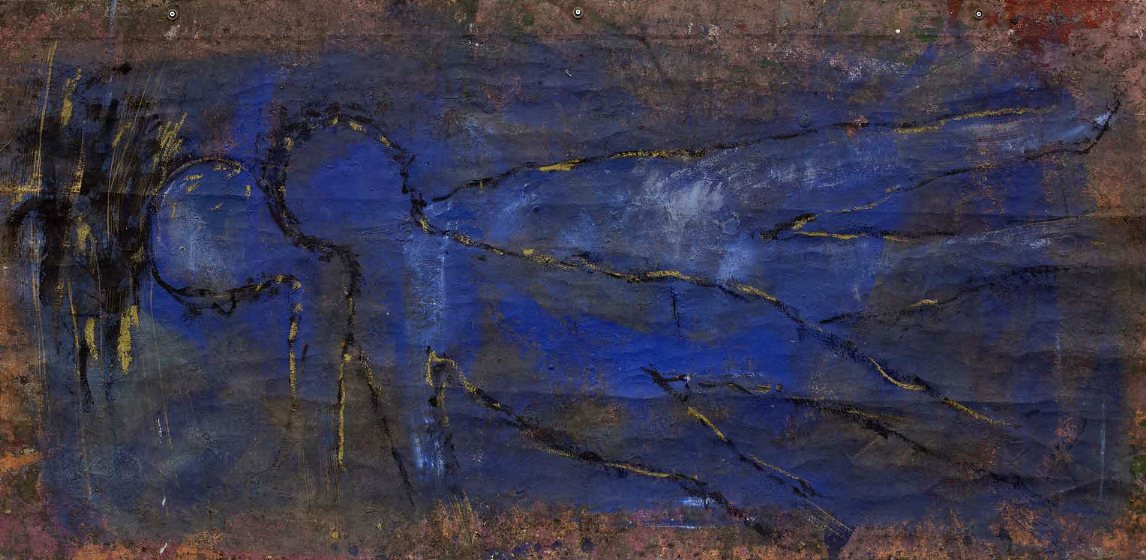
Georgi (Gogi) Alexi-Mesxishvili. Two Figures. Body series. Acrylic on canvas. 90x190. 2010. Photo by Gia Chkhatarashvili
The images are part of a multi-layer context, and are shown in motion and mostly bear the signs of emotional tension. The figures are presented in uncomfortable postures and occasionally refer directly to the victims of unknown acts of violence, offering free interpretations of crucifixion. In this series, depiction of the body is separated from other themes. The artist avoids detailed modeling and demonstrates the body’s limitations, loneliness, fragile aspects, and describes this in a generalized, somehow brutal and ruthless manner. The abstract backgrounds to the torsos create an effect of free fall in open cosmos, and continue to express the interrelation of body and space that is part of contemporary art history thanks to the visions of Willem de Kooning, Francis Bacon, Georg Baselitz, Bruce Nauman and Marlene Dumas. A complete version of the exposition "The Body" is presented for the first time at cultural center ATINATI in Tbilisi, Georgia.

Georgi (Gogi) Alexi-Mesxishvili. Untitled. Body series. Acrylic on canvas. 73x93. Photo by Gia Chkhatarashvili
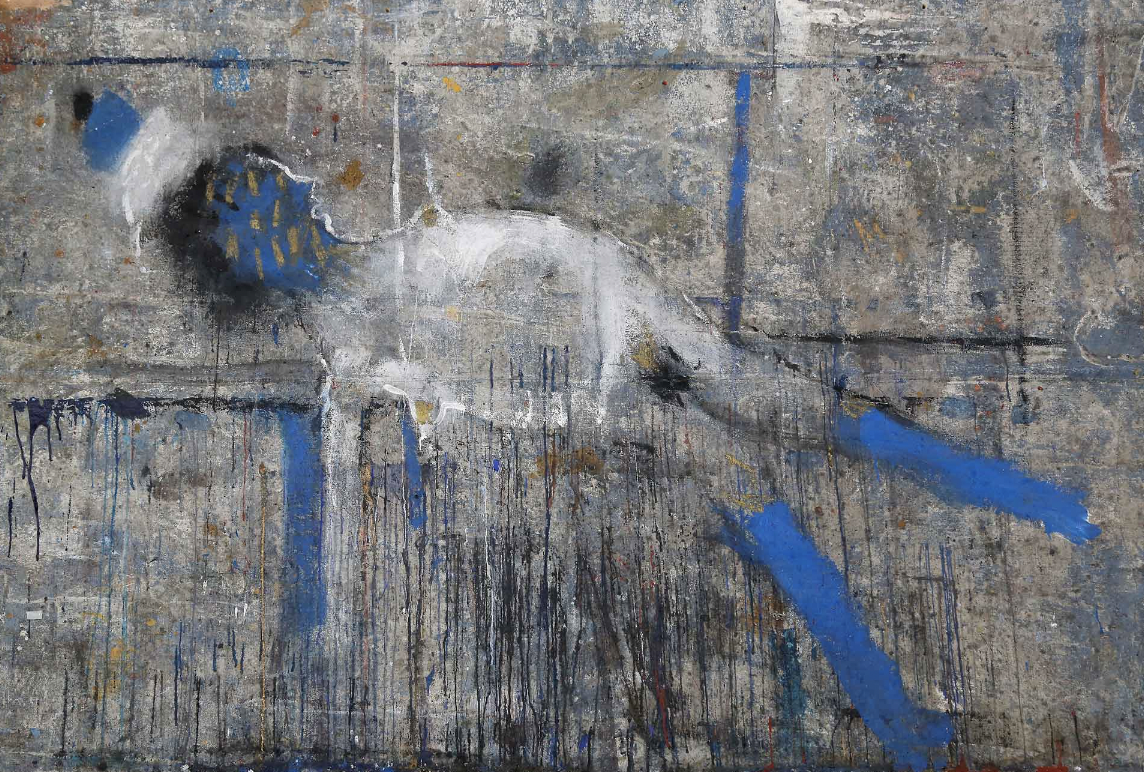
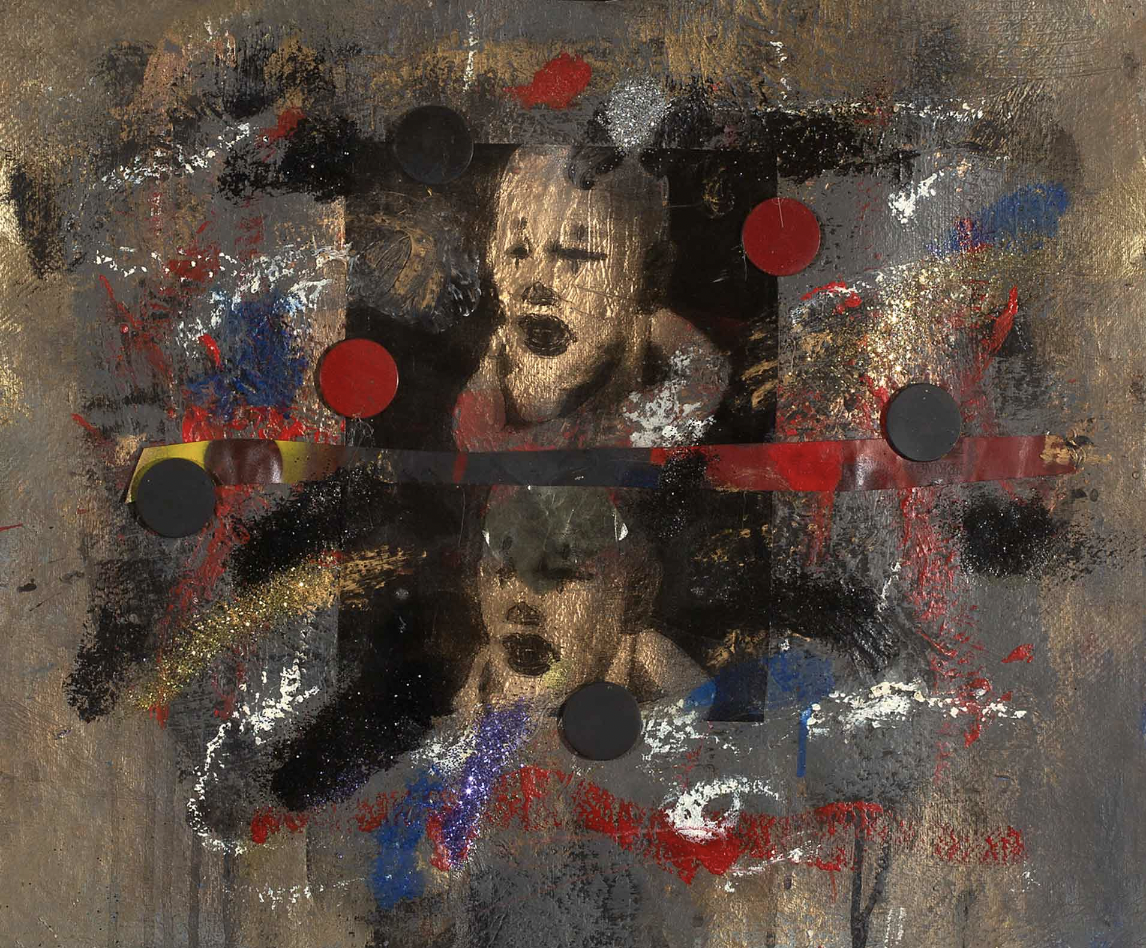

Georgi (Gogi) Alexi-Mesxishvili. Dream series. Collage. Photo. Plastic. 71x93. Photo by Gia Chkhatarashvili

Georgi (Gogi) Alexi-Mesxishvili. Portrait of Sergo Parajanov. Acrylic. Canvas. 1990. Photo by Gia Chkhatarashvili
The image that emerges from a whirlpool of Abstract Expressionism creates a very precise resemblance to the original, free of detailed modeling through a focused gaze and eye-contact with the viewers. It demonstrates an in-depth depiction of a character that is portrayed thanks to the uniting of contradictory features associated with the famous protagonist: the grotesque appearance of the constantly-acting performer; sharp and dramatic elements are merged with the monumental appearance of a “prophet” and the motive of fate.